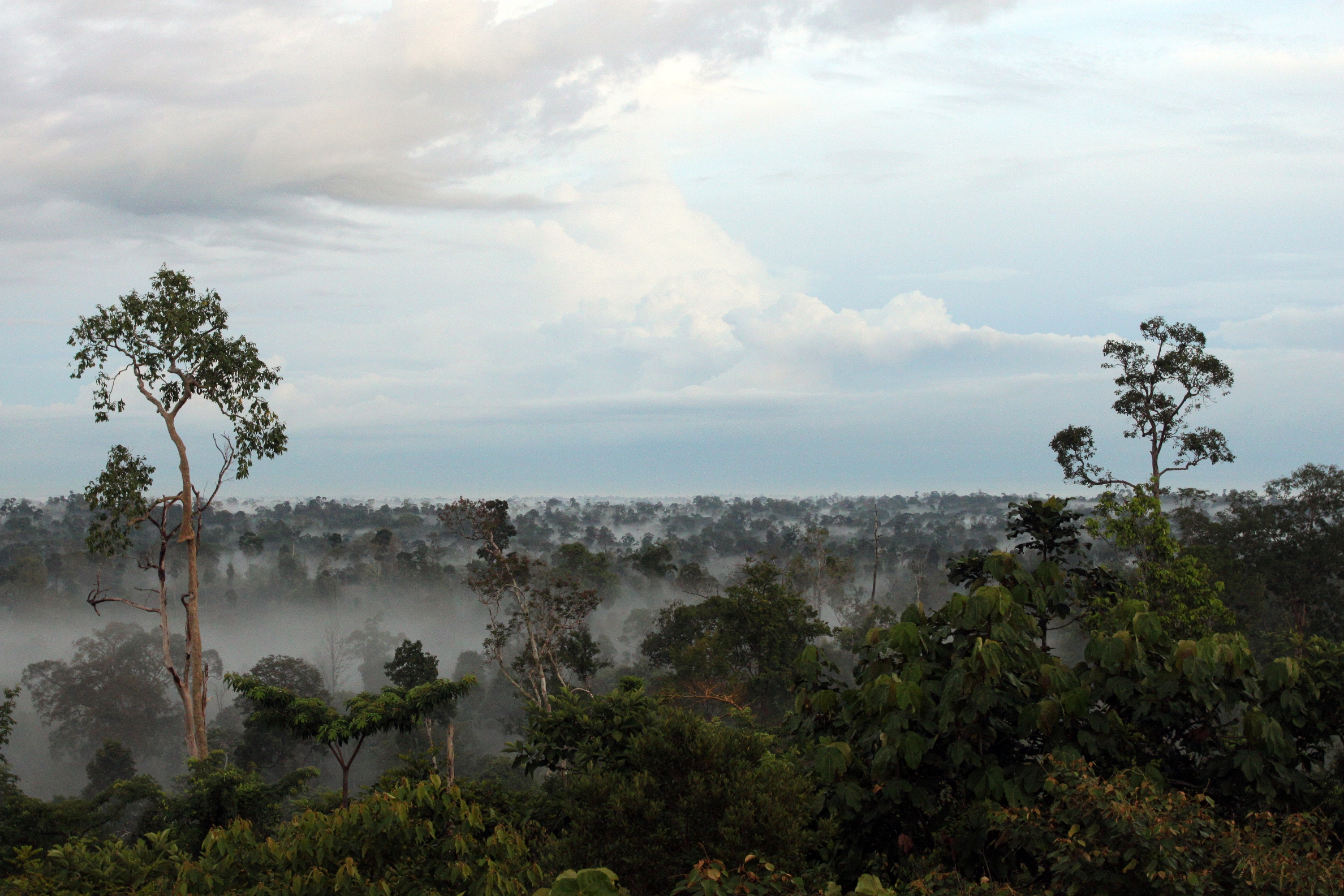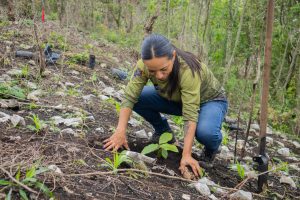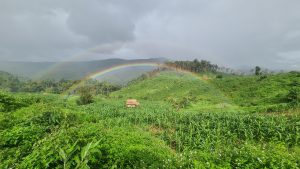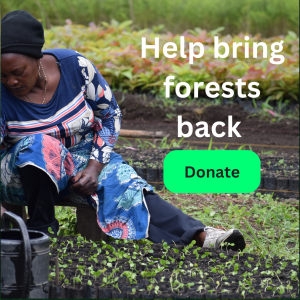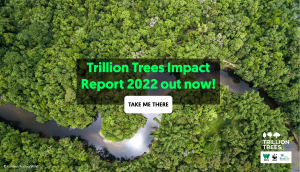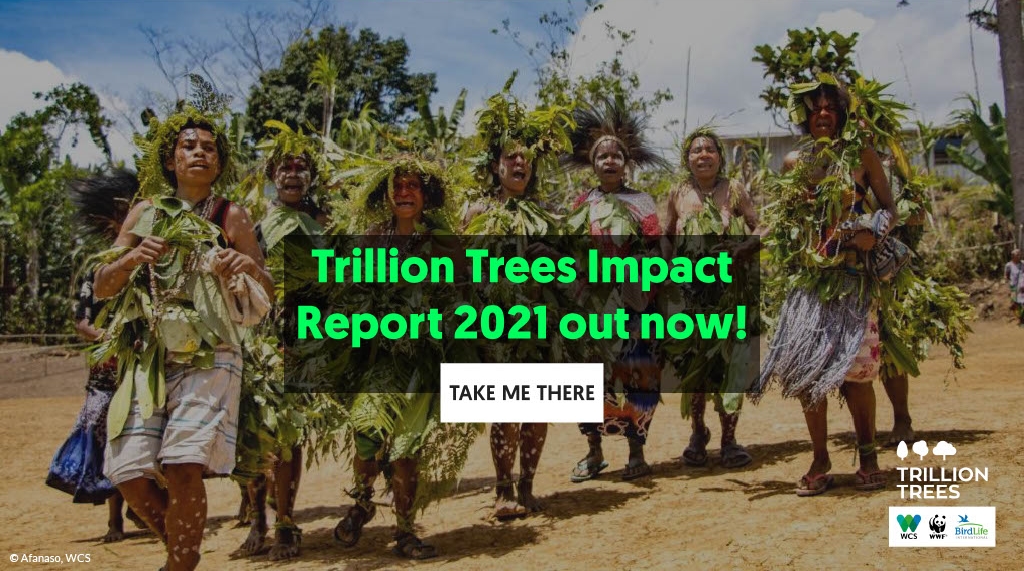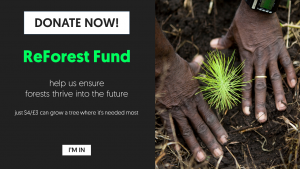This Earth Day, the planet is getting a bit more breathing space than it has had for a long time. With the change in our normal lives, air pollution is down and people are seeing wildlife reclaiming some spaces. For many of us, our lives are rightly dominated by short-term priorities, such as caring for ourselves, our loved ones, and those in need. While we all hope the current pandemic can be swiftly contained, Earth Day can offer space to reflect on what the pandemic tells us about tackling the future challenges facing our health and the health of our planet.
The ever-expanding human footprint has been pushing nature to the fringes, and in some cases, the very limits of survival. The continued encroachment and destruction of wildlife habitat, including forests, greatly increases the possibility of continued impacts on human health through new zoonotic diseases. Now is the time to think about how we can make a permanent positive change to our relationship with the natural world, by reflecting on the importance of the ‘lungs of the Earth’ to people, nature, and the climate, and bringing nature back.
Keeping standing forests is critical
Forests are critical to our triple bottom line: to reduce and sequester carbon dioxide, protect habitats for millions of species, and ensure the health and wellbeing of people worldwide. As we search for a route to a sustainable future, we need to halt deforestation – protecting our standing forests – and restore forests on a massive scale, while also making radical changes in fossil fuel use, food production and consumption. It’s not either/or, we have to reduce our emissions and use nature-based solutions to drawdown carbon dioxide in the atmosphere. Forests can provide a significant part of the solution – up to a third of what we need to do by 2030.
Ending deforestation must come first. Without this, climate targets cannot be met. The world’s existing forests contain more carbon than exploitable oil, gas, and coal deposits. They also sequester over a quarter of human greenhouse gas emissions (nearly 11 billion tonnes a year)1. Cutting down forests releases CO2 emissions, so it is just as urgent we end deforestation as halting fossil fuel use. Yet deforestation has not only continued but is accelerating2. In 2018 alone, we lost 12 million hectares of tree cover3. Every time a forest is cleared, it further undermines our planetary life support system.
Keeping forests standing is the most cost-effective4 of the nature-based solutions to climate change. Avoided deforestation offers 7 to 9 times as much low-cost climate mitigation potential as reforestation, though in some countries (mostly in Africa) reforestation offers more potential. Intact forests, those without any human footprint, are especially important. Without new incentives for forest conservation a further 289 million hectares of tropical forest will be cleared before 2050. That would release 169 billion tonnes of CO2 and further undermine remaining forests ability to buffer emissions.
Standing forests – especially those that are mature and intact – offer significant wider benefits such as climate resilience, water regulation, soil retention, flood prevention, and greater biodiversity than restored forests. Forests are complex ecosystems and once they are lost it can take decades before they can be restored to their original complexity to keep our planet healthy.
Forest restoration is also necessary – and it’s more than just planting trees
What Trillion Trees wants is for all three trillion trees standing, to stay that way. But we also have to bring some of our forests back. Whilst debate continues on the number of trees that could or should be restored – the case for restoration at a large scale is unequivocal. Restoration has great potential for carbon sequestration: restoring 350 million hectares of forest by 2030 (e.g. the Bonn Challenge) would sequester up to 1.6 gigatonnes of carbon per year, equivalent to 14% of global carbon emissions.
When it comes to forest restoration, it is important that this is done the right way: restoring landscapes and ensuring the right trees in the right places. Three key things to consider:
- Prioritise restoring natural forests, allowing natural regeneration where possible.
- Plant trees where natural processes can’t get the job done. This can assist and stimulate natural regeneration, or where natural regeneration isn't possible. Many times, methods can be and are used together.
- Increase tree cover in agricultural landscapes through agroforestry and other approaches – this increases carbon stocks in farmland, increasing farm resilience to climate extremes, and offering economic diversification options for the farmers, which in turn can reduce pressure on standing forests.
Why can we be optimistic?
With our help nature has the power to heal its wounds.
There is now more interest in protecting our forests than ever before. Individuals and governments are committing themselves to protecting the climate, and increasingly understand the role of forests in doing so. Even small changes can add up to big ones if everyone chips in. There are many ways you can help.
During these strange times, one of the few escapes we have is through nature. Whether this is virtually through livestreams, images, or other videos; looking out your window; or stepping outside for a walk (while maintaining safe distances) nature is there to help us survive and increase our mental and physical well-being. All we have to do is protect it enough to let it.

